_________________
ROCOCO TENDERS
Theatrical and exuberant, a Rocaille-style gilt bronze adornment sheaths, sets, runs through, and punctuates with its undulating (clasps, volutes, scrolls, fleurons, acanthus crosses and rosettes, foliate palms) or picturesque (half-shells, shells with wavy or ruby edges, palmette shells, wavelets, interlocking scales) ornamental motifs chiseled in high relief on the base, the rear uprights, the rectangular body, and the swollen lid profiled in a cavetto like the handle of this sumptuous Jewelry Box. A torus of grained myrtle, pearls, and ribboned rush temper this decorative luxuriance. In keeping with its purpose and theme, delightful childlike figures perched on small dice with leafy corollas playing with their twirling draperies, smiling chained busts of chubby cherubs, and stamped mascarons with mischievous bearded Faun masks associated with Cornucopias garnished with wild flowers add a note of delicate tenderness, cheerful whimsy, and gentle femininity.
Just as the brilliant and inventive ornamentalist of the Louis XV century, Jacques de Lajoue (1686-1761)*, might have conceived them in his hand-drawn designs for screen borders, openwork cartouches with fretwork framed by generous cabochon mirrors form a setting for porcelain tableaux crowning every side of the Casket. Following the imagination of the porcelain painter, these revisit, in an arrangement as pleasant as it is judicious, the witty, charming pictorial compositions developed by the adulated artists of the refined, carefree century of Madame De Pompadour: Antoine Watteau (1684-1721), Nicolas Lancret (1690-1743) or Jean-Baptiste Pater (1695-1736). Thus, as if escaped from the canvases of the Master of the "Fêtes Galantes" and his principal bards, elegant couples all shod and dressed in velvet, taffeta, embroidered silk indulge, within a landscaped park dotted with small architectural elements, in the idle pleasures of music, strolling, conversation, the games of gallantry and amorous banter.
Executed on a white background in a chromatic palette of soft pastel tones coquettishly touched with lively notes, these piquant little scenes, beautifully carried off, restore the dreamlike charm of the "Feasts and Pleasures of Love" as A. Watteau, N. Lancret, J.-B. Pater delighted in staging them between 1715 and 1730 in their paintings respectively titled The Embarrassing Proposal, Gallant Recreation; The Gallant Conversation, The Conversation Under the Tree; Pleasant Society, The Love Apple, Rest in the Park.
Borrowing its Rococo aesthetic from 18th-century France, this opulent Jewelry Box, with its sophisticated yet delightfully whimsical design, transports us, through its small gallery of porcelain tableaux, to enchanted times when light Graces and tender Felicity reigned. It also illustrates, not without panache, the prompt inclination of European decorative arts to reappropriate, at the turn of the 19th and 20th centuries, the imaginary forms of an affable, playful era of which Antoine Watteau and his peers were brilliant emissaries through their poetic Fêtes Galantes. *"Subjects à la Watteau": generic term which in the decorative arts corresponds to pieces (porcelain, tapestries, etc.) reproducing, from engraved plates (notably those from the Recueil Jullienne, 1723-1735), the canvases of A. Watteau, N. Lancret, J.-B. Pater or A. Pesne, - who initiated a new pictorial genre celebrating "the joy of living, the delights of Love, the alchemy of feelings", - that of the Fêtes Galantes.
*Jacques de Lajoue (1686-1761): A renowned painter and ornamentalist, he designed three "Collections" of ornamental "Cartouches" between 1734 and 1740, including "ingenious compositions with astonishing effects." These intricately intertwined frames and subjects, following a decorative style characteristic of the Rococo period. Interpretations in an ornamental mode of A. Watteau's pictorial compositions, these Cartouches were an immediate success, upon their publication by Gabriel Huquier (1695-1772), among artisans, draftsmen, and print collectors.
Related literature: Dance, kiss whoever you want. Celebrations and pleasures of love in the age of Madame de Pompadour. Exhibition Catalog, Louvre-Lens Museum, December 5, 2015–February 29, 2016, Editions Silvana, 2015; From Watteau to Fragonard. Les Fêtes Galantes. Exhibition Catalog, Paris, Musée Jacquemart-André, March 14–July 21, 2014, Ed. Mercator, 2014
Related Works: Among the comparable examples appearing on the Art Market, we should mention a smaller Casket presented at Ader in 2023, from a Parisian mansion on Avenue Foch; another, of similar dimensions, offered in 2024 by the International Fine Auction in Germany.
________________
Materials: Chiseled and gilded bronze; Polychrome porcelain on a white ground; satin with a white ground.
Dimensions: H.:37 cm; W.: 42 cm. - D.: 26 cm.
German Neo-Rococo style work from the third quarter of the 19th century. Circa 1890
In perfect condition. With its key. Functional lock.


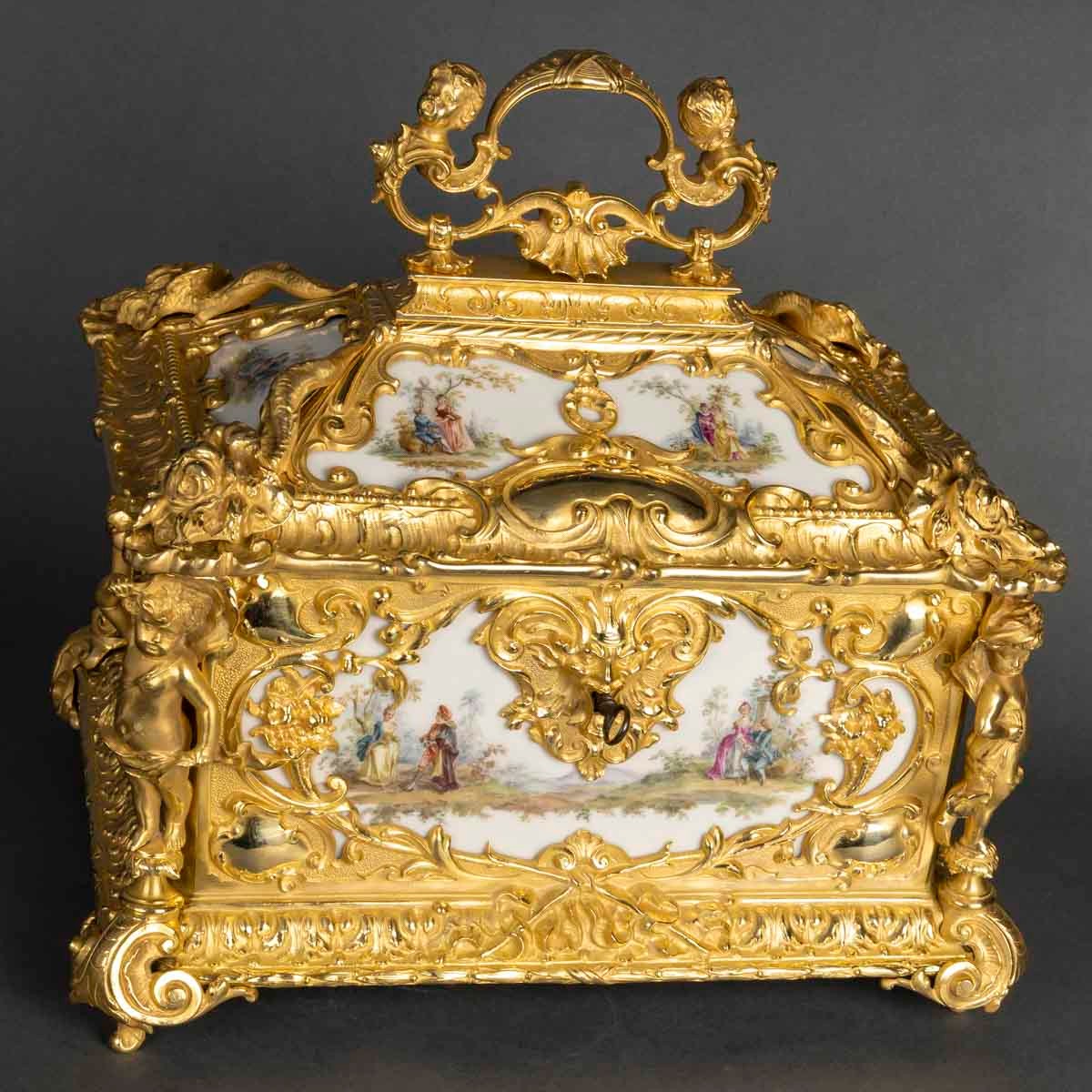
























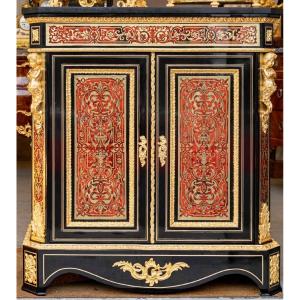




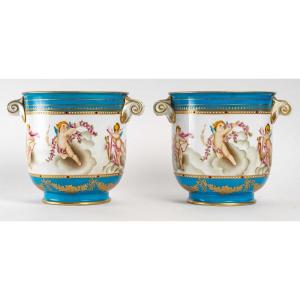


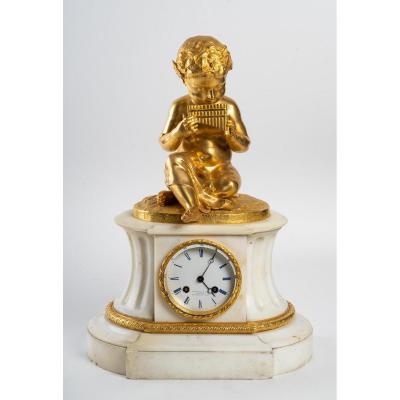
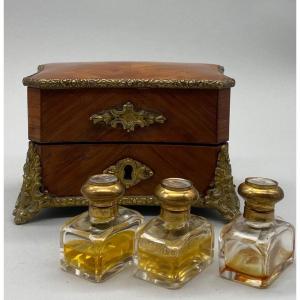



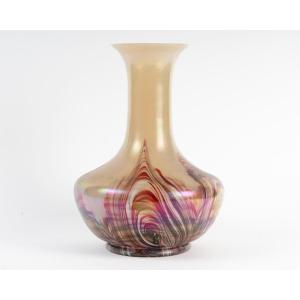
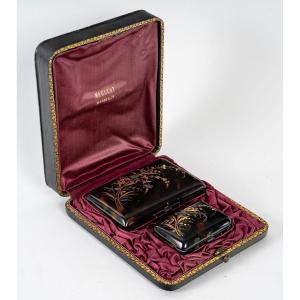
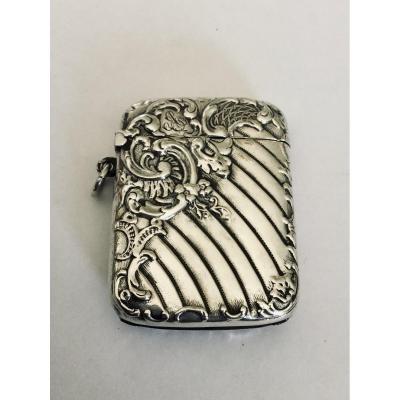
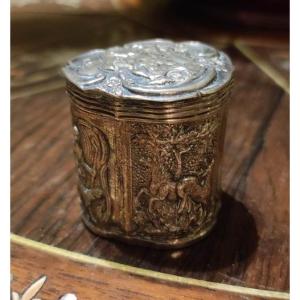
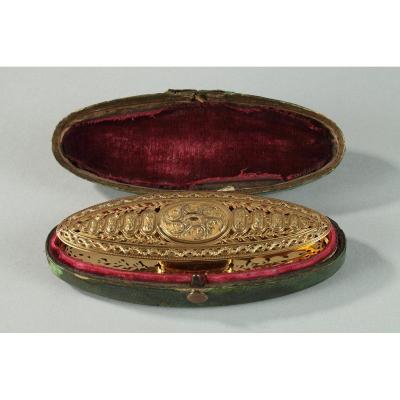





 Le Magazine de PROANTIC
Le Magazine de PROANTIC TRÉSORS Magazine
TRÉSORS Magazine Rivista Artiquariato
Rivista Artiquariato